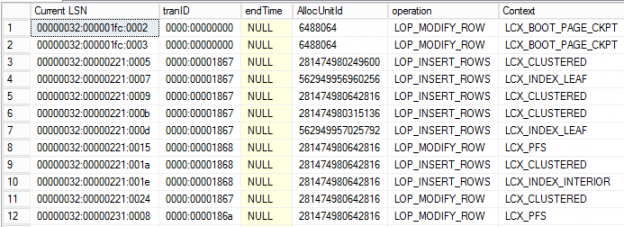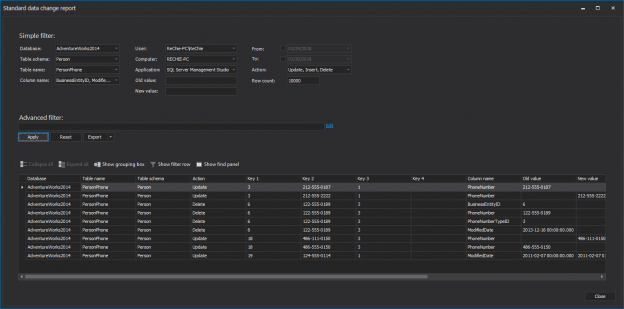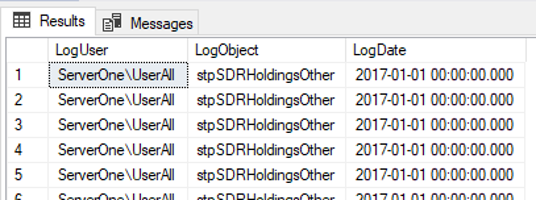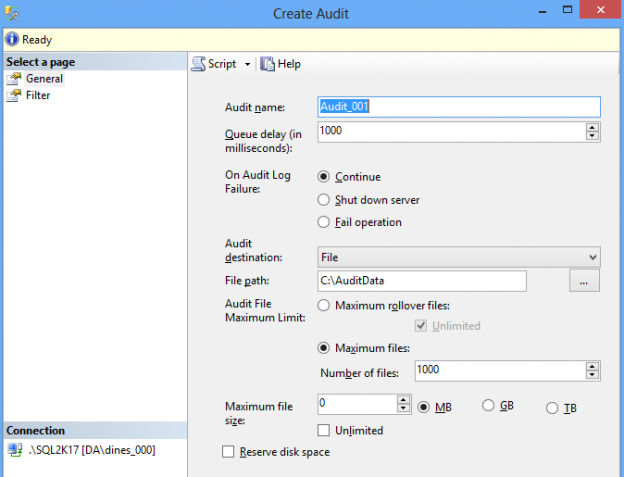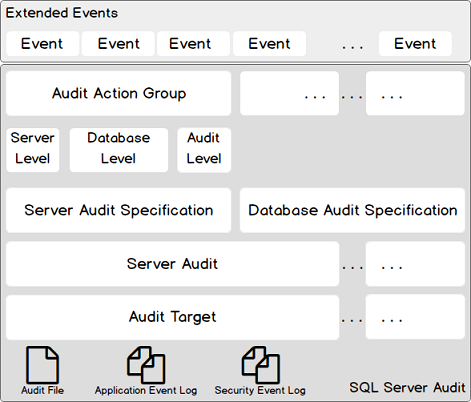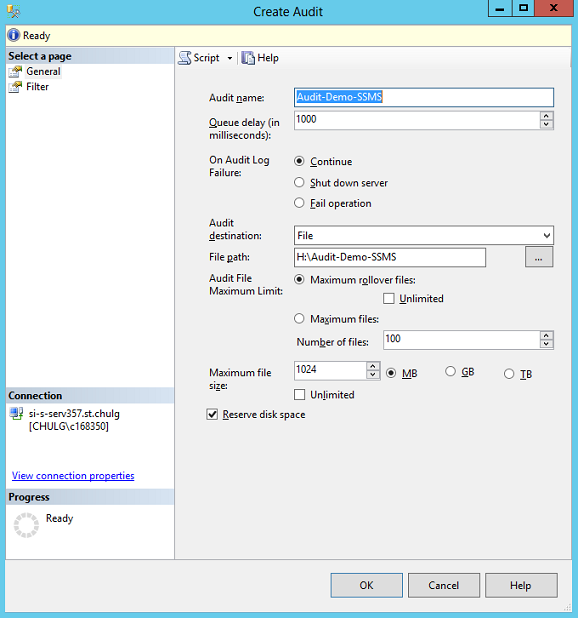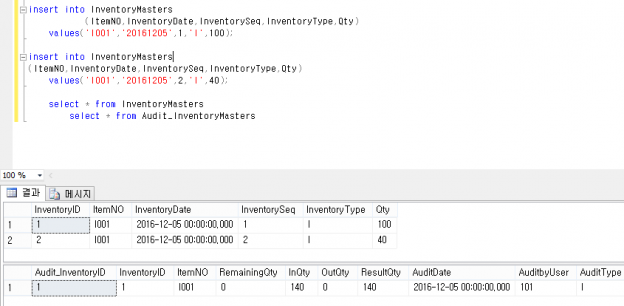Outline
In this article, we’ll discuss how to read SQL Server transaction logs. This article should provide and insight into how the workload is being captured in the transaction log files. We are going to see how to get the transaction meta-data details and the history of the data will give us a clear idea of how the system is working and helps to decide peak usage hours, also helps to log information about who is doing what?
Read more »
